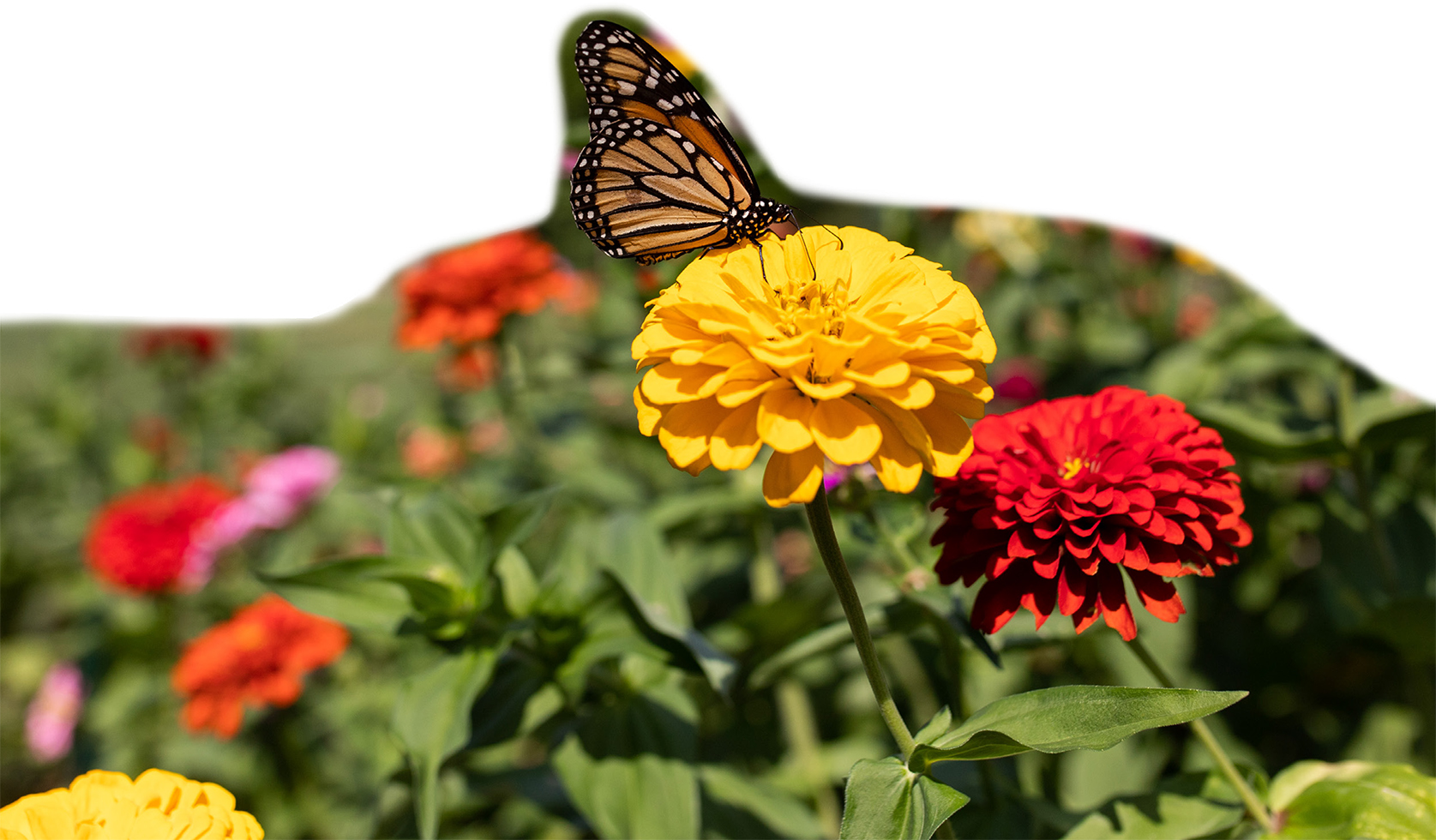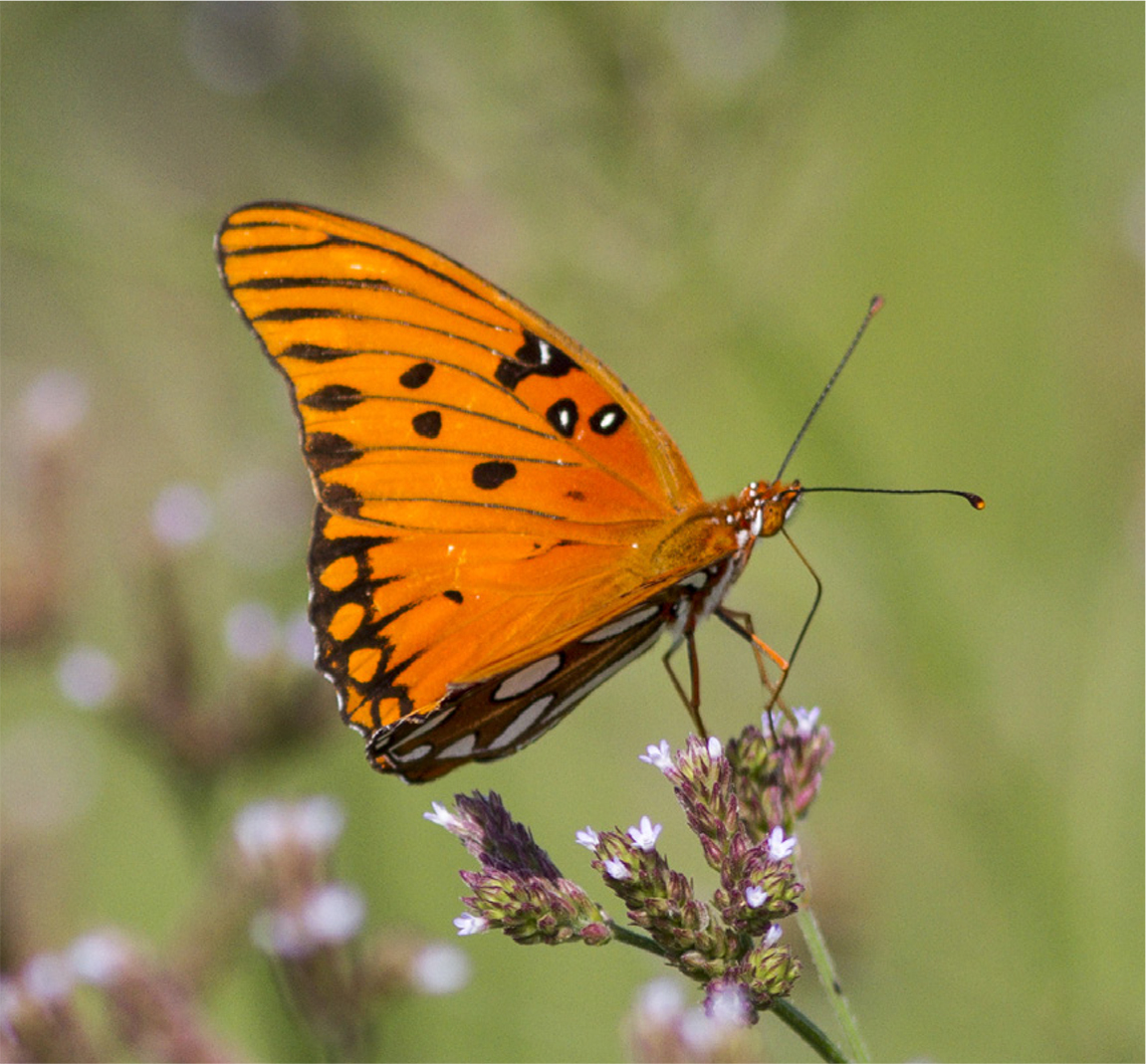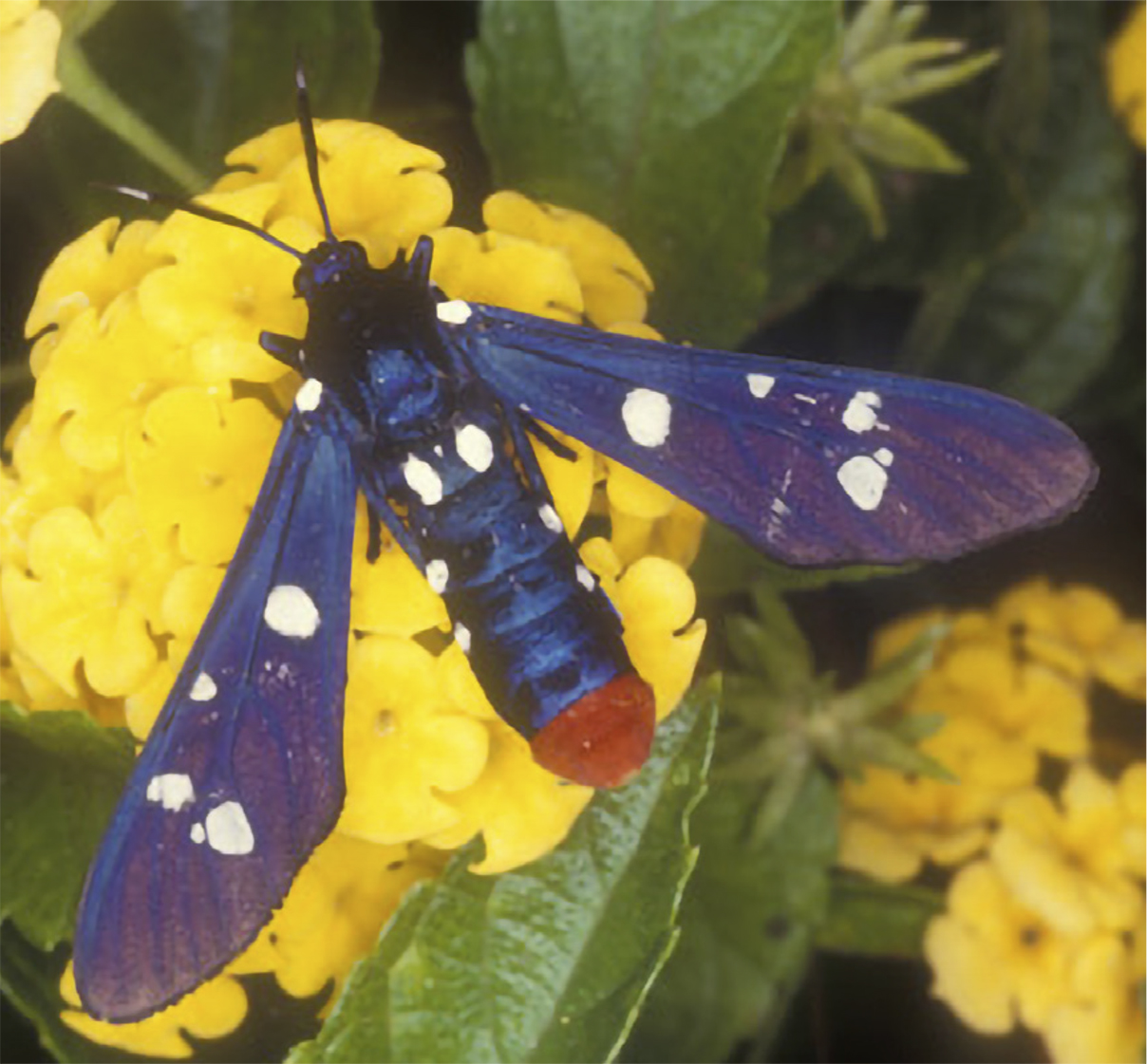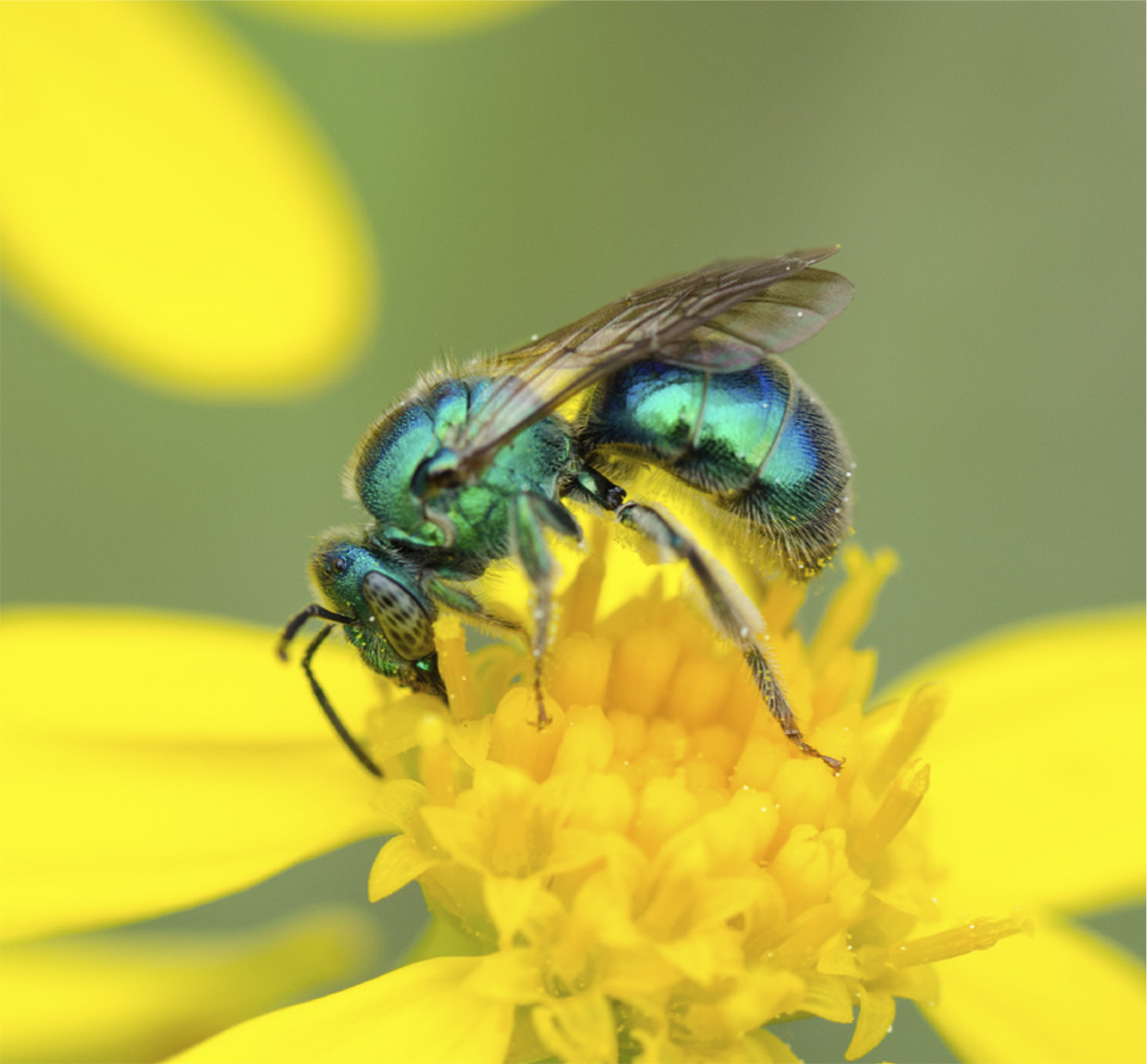UF/IFAS Extension Marion County is encouraging area residents to take part in the Great Florida Pollinator Census.

Think of a lazy day in your garden, camped out in a comfortable chair in front of some flowers while admiring the colors, enjoying the warm breeze and counting, wait for it—insects. Specifically, pollinators.
The Great Florida Pollinator Census is coming and UF/IFAS Extension Marion County, a partnership of the Marion County Board of County Commissioners and the University of Florida, is encouraging local residents to participate.

And, the UF/IFAS Marion County Master Gardeners will, for the first time, be part of the bug count. The program is a partnership with the Great Southeast Pollinator Census, which was started by the University of Georgia in 2019 and has expanded into the Carolinas and now Florida.
The pollinator census will take place August 23rd and 24th. All you have to do is “plant” yourself near a blooming pollinator plant and observe and record the number and types of pollinators that land during a 15-minute window. Participants are provided with a record sheet that has colored photos of different types of pollinators, such as butterflies, moths, bees, wasps, flies and even mosquitos.
Jeremy Rhoden, the Great Florida Pollinator Census director, also is the Master Gardener Volunteer Coordinator and Urban & Residential Horticulture Agent for our area. He reminds us of the many benefits of insects, specifically pollinators.
“One of every three bites of food that we eat is dependent on pollinators,” Rhoden explains. “Pollinators are declining rapidly. We have to do what we can to sustain their population and, if possible, increase their populations.”
Pollinators move from plant to plant carrying pollen on their legs, wings or bodies and deposit that pollen on different plants. It’s a vital interaction that helps plants reproduce. Some of the foods that depend on pollinators are alfalfa, almonds, apples, blueberries, cashews, coffee, grapes, melons, pumpkins, strawberries and sugarcane. If you drink wine or coffee, use sugar or eat fruit, you need pollinators.

Every little bit helps. You don’t have to plant acres of flowers or have a quarter-acre suburban yard. Microhabitats, such as a group of potted plants on a patio or a small corner of a courtyard, can attract and help pollinators.
“Microhabitats are certainly sufficient and have been found to be very advantageous” to your local pollinators, Rhoden notes. “It can be as big or small as you like. Just having a few potted plants or hanging baskets with floral resources is great.”
Rhoden also reminds us that pollinators benefit not only from flowers and nectar sources, but also host plants for the larval stages of life, something the babies can eat when they come out of their cocoons.
“A lot of these plants aren’t necessarily blooming plants, but foliage plants, like for caterpillars,” Rhoden offers. “Milkweed is the one associated with monarch caterpillars. Passionvine is another one that works well and grows beautiful purple flowers. Even citrus trees can host larvae and be great pollinator plants.”
Although it can be alarming to see a plant getting eaten by caterpillars, don’t worry, says Rhoden.
“Those plants have adapted over time to withstand being defoliated by pollinators,” he states. “You’ll find your milkweed will be stripped all the way to the ground but it’s crazy how fast it will come back and be fuller than before.”
One tactic to use for your caterpillar garden is to site them where the not-so-pretty leaf damage won’t be too visible. Understand, too, that some host plants are, well, not always pretty. And group plants in clumps, rather than just single plants.

Rhoden says he enjoys all the pollinators and says it’s not just bees and butterflies.
“I love so many of them. Bumblebees, of course,” he affirms. “Sweat bees are really cool. They’re solitary and are a metallic green and it’s a real treat to see them in the garden. They’re like a jewel flying around in your flowers. Beetles, flies, mosquitos, birds, bats and moths are big contributors” to pollination, he adds, saying that moths do their work overnight, usually unseen. “They all benefit plants, people and society in some way.”
One goal of the Pollinator Census is to help researchers through citizen science. For example, “the zebra longwing butterfly (heliconius charithonia), our state butterfly, was only believed to fly as far north as Valdosta, Georgia, but citizens have reported sighting this butterfly as far north into the Blue Ridge Mountains,” notes an extension service information release.
To learn how to participate in the census and report your findings, email jeremy.k.rhoden@ufl.edu.
For more information, visit fb.com/marioncountymastergardeners and ifas.ufl.edu OS
A native Floridian and lifelong gardener, Belea spends her time off fostering cats and collecting caladiums. You can send gardening questions or column suggestions to her at belea@magnoliamediaco.com






